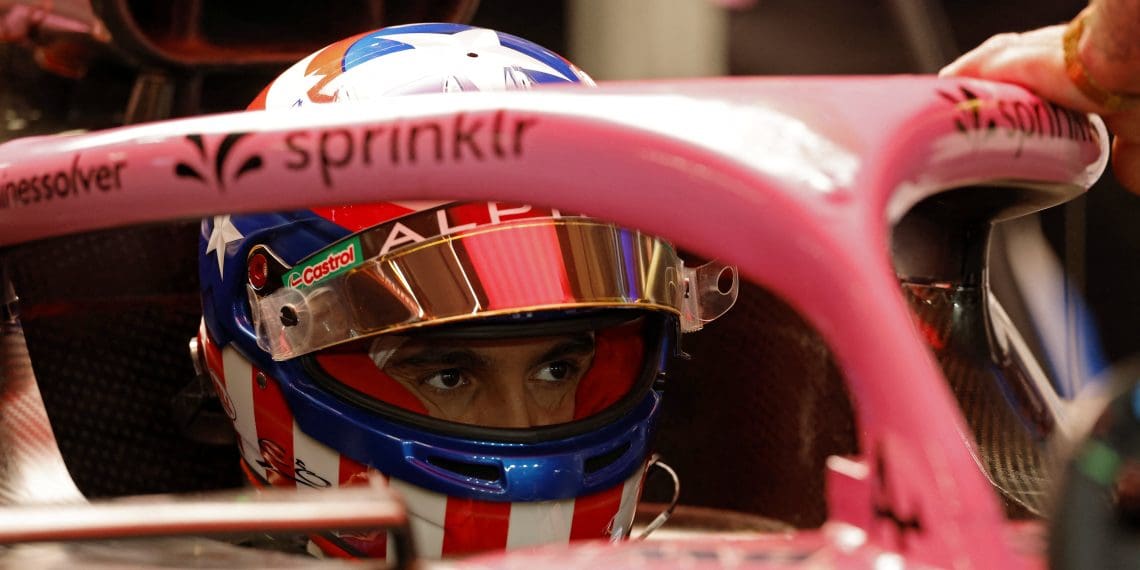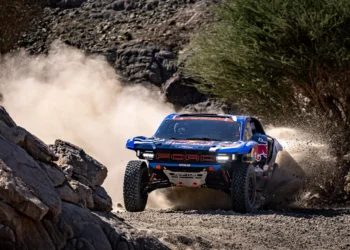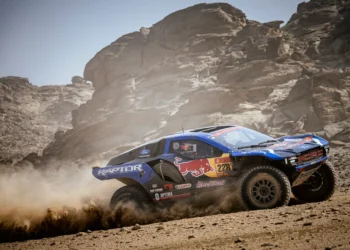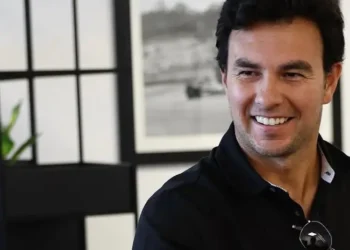A Career Defined by Highs, Lows, and Unfulfilled Potential
Esteban Ocon’s five-year stint with Alpine/Renault will be remembered as a tale of occasional brilliance interspersed with the frustrations of being trapped in Formula 1’s relentless midfield grind. From his remarkable 2021 Hungarian Grand Prix victory to resolute defensive drives that etched his name into F1 folklore, Ocon’s time with the Anglo-French outfit showcased both his potential and the limitations of a team unable to rise above its mid-pack trajectory.
As he departs Alpine one race earlier than planned, Ocon leaves behind a mixed legacy that highlights the challenges of leading a works team without the resources or stability to compete at the highest level.
The High Points: A Glimpse of Brilliance
Ocon’s time at Alpine was punctuated by standout performances that showcased his exceptional racecraft:
- 2021 Hungarian GP Victory: Ocon’s maiden win came through flawless execution and remarkable composure, holding off a charging Sebastian Vettel in a chaotic race.
- 2023 Interlagos Podium: His second place in the wet was a masterclass in adaptability and precision.
- 2022 Monaco GP: A gritty third-place finish, where Ocon fended off Lewis Hamilton with characteristic steel.
- 2022 Suzuka Drive: Fourth place in treacherous wet conditions, where Ocon’s classical driving style kept Hamilton at bay lap after lap.
These moments demonstrated Ocon’s ability to deliver when confidence and conditions aligned, offering tantalizing glimpses of a driver capable of competing with the best.
The Midfield Grind: Consistency Without Glory
Yet, for all the high points, Ocon’s Alpine tenure was defined by the meandering midfield realities of a team that failed to live up to its potential. Constructors’ championship finishes of 5th, 4th, 5th, 6th, and provisionally 6th for 2024 reflect a team stuck in no-man’s land.
- 58% of racing laps spent between 7th and 12th illustrates the grind of Ocon’s Alpine career, where standout performances were often lost amid the mundane.
- Four podiums across five seasons underscore how rarely the car was capable of competing at the front.
Despite flashes of brilliance, Ocon’s Alpine stint often felt like a case of “what could have been” in a team that failed to deliver consistent machinery.
The Teammate Battles: Strengths and Frustrations
Ocon’s battles with high-profile teammates defined much of his Alpine journey:
- Daniel Ricciardo (2020): Ocon struggled to regain form after a year on the sidelines, finishing behind the Australian in both qualifying and race results.
- Fernando Alonso (2021-2022): While Alonso was the stronger performer overall, Ocon’s tenacity made him a thorn in the Spaniard’s side, with notable battles that sometimes boiled over.
- Pierre Gasly (2023): The team’s focus began to shift toward Gasly by mid-2023, and Ocon’s frustration at Monaco, where he ignored team orders, symbolized the growing divide.
Ocon’s 50/50 race finish split against his teammates and 46/54 qualifying record demonstrate he was consistently solid but not dominant, a hallmark of his Alpine stint.
A Fractured Relationship with Alpine
Ocon’s relationship with Alpine soured as the team’s struggles mounted. Persistent technical issues, which Ocon frequently highlighted, were often denied by the team, creating an atmosphere of mistrust. His frustration boiled over earlier this year when he criticized the team for ignoring feedback and failing to resolve recurring problems.
By the start of 2024, the writing was on the wall. Gasly’s growing influence and Ocon’s internal clashes signaled the end of his time with Alpine, culminating in his early exit ahead of Abu Dhabi.
Legacy and What’s Next
Ocon’s Alpine stint will be remembered for:
- Moments of brilliance, like his Hungary win and defensive masterclasses.
- Missed opportunities, as a promising works team failed to rise above the midfield.
- A complex dynamic, where Ocon was never the team’s outright leader but always a dependable performer.
At 28, Ocon transitions to Haas with the chance to reinvent himself in a leaner, more aggressive operation. His proven ability to fight in the midfield ensures he will remain a formidable presence, and with the right environment, his best may still lie ahead.
Conclusion
Esteban Ocon’s five seasons with Alpine encapsulate the challenges of a midfield F1 driver: delivering consistent performances in a team unable to consistently compete at the top. While his time with the Anglo-French squad never saw him emerge as a world champion contender, his resilience, racecraft, and occasional brilliance secured his place as one of the sport’s most dependable talents.
With the chapter at Alpine closed, Ocon’s move to Haas represents an opportunity to rediscover the hunger and fire that first propelled him to F1—and perhaps, achieve new heights.









